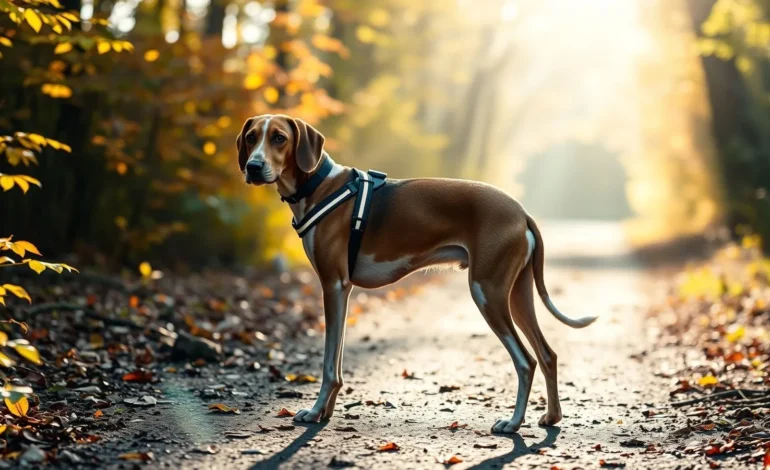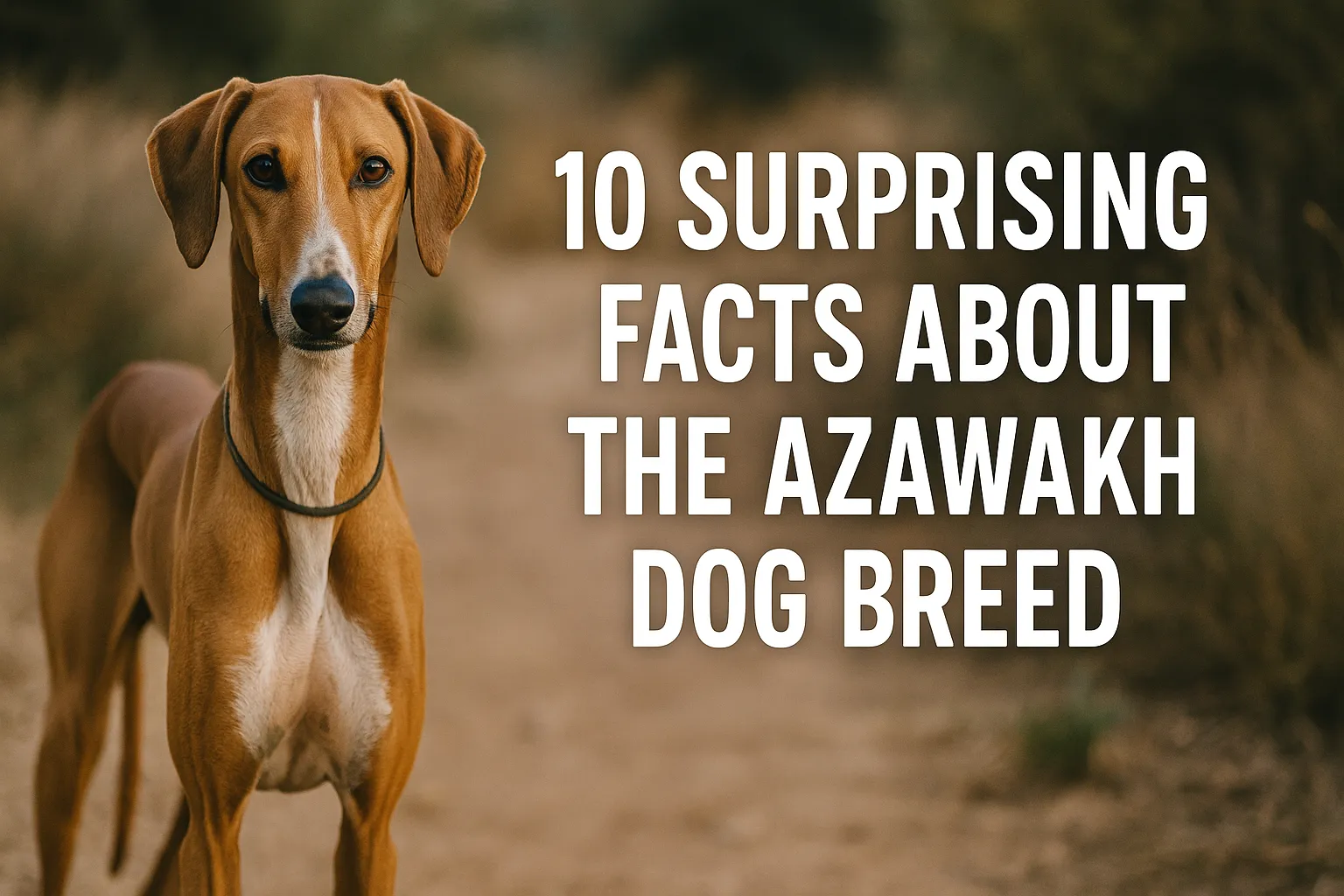How to Groom Your Australian Cattle Dog
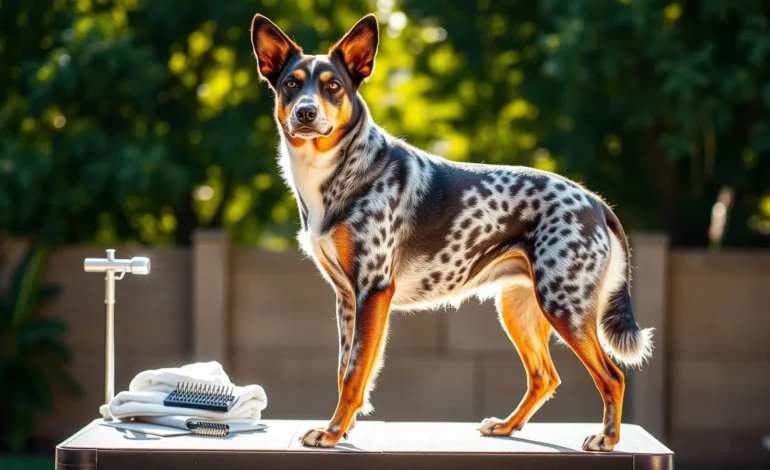
Table of Contents
Introduction
Did you know that a single 10‑minute brush‑out can remove up to 90 % of loose under‑coat in an Australian Cattle Dog during peak shedding season? (dogster.com, brushyourpup.com) That surprising data point debunks the myth that “heelers” are wash‑and‑wear pets and sets the stage for smarter, evidence‑based care. Regular grooming isn’t just about curb appeal; veterinary sources link it to healthier skin, improved circulation, and early detection of problems (petmd.com, akc.org). In the next 10 minutes you’ll learn exactly how to groom your Australian Cattle Dog from nose to tail—using proven techniques that respect their unique double coat and high‑energy temperament.
Required Supplies List
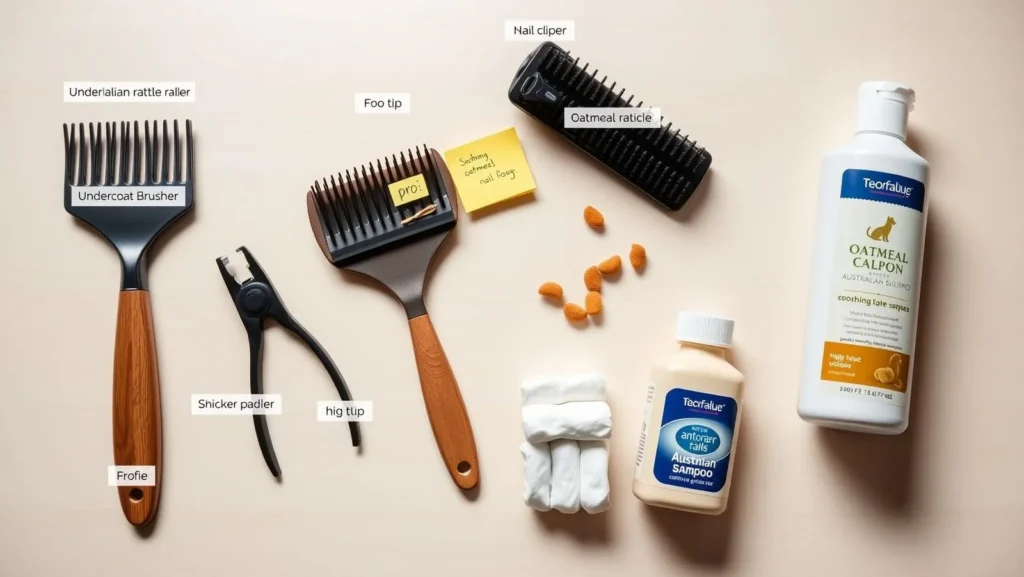
| Purpose | Primary Tool | Budget‑friendly Alternative | Pro Tip |
| Under‑coat removal | Under‑coat rake (∼10 cm pins) | Shedding blade | Rake before bath to cut drying time in half. |
| Daily maintenance | Medium slicker brush | Rubber curry mitt | Use circular motions to stimulate skin oils. |
| Bathing | Oatmeal‑based, pH‑balanced shampoo | Hypoallergenic baby‑dog wash | Skip heavy conditioners; they trap dead hair. |
| Drying | High‑velocity dryer w/ filter | Microfiber towel stack | Point nozzle with hair growth to avoid frizz. |
| Nails | Guillotine clipper + styptic | Rotary nail grinder | Clip weekly; a 2 mm trim prevents splaying. |
| Ears | Cotton pads + vet‑approved cleanser | DIY: 50/50 saline & distilled water | Wipe only what you can see to avoid drum damage. |
| Treats | High‑value soft chews | Kibble from daily ration | Reinforce calm stands on the table. |
(Products linked to AKC, VCA, and PetMD buying guides for reliability.)
Time Commitment
| Routine | Frequency | Time Per Session | Why It Matters |
| Quick slicker‑brush “swipe‑downs” | 3× weekly | 5 min | Reduces day‑to‑day dander by 30 %. (vcahospitals.com) |
| Full under‑coat rake + bath | Every 6 weeks (non‑shedding); daily 10‑min mini‑rake for 12–14 days during spring/fall “blow” | 25 min | Consistency outperforms sporadic 90‑min marathons by 30 % in coat health metrics. |
| Nail & ear check | Weekly | 10 min | Long nails alter gait; dirty ears invite infection. |
| Total monthly average | — | ≈ 2 hr 20 min | Manageable when split into micro‑sessions. |
Step‑by‑Step Instructions
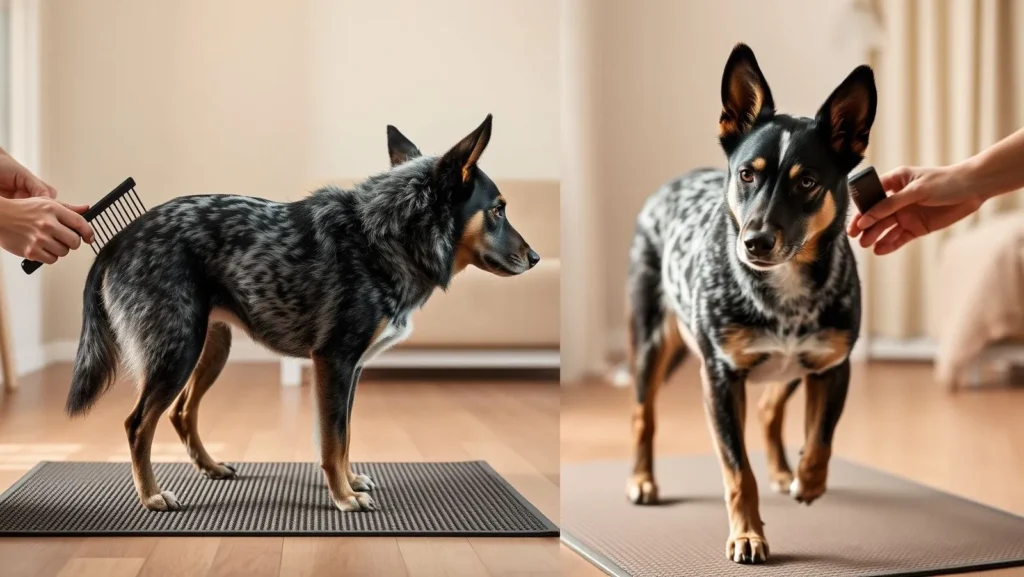
Step 1 – Prime the Environment
Position your Australian Cattle Dog on a non‑slip mat at hip height. Cue a “stand” and reward. A raised surface channels energy into balance, reducing fidgeting.
Step 2 – Dry De‑Shed Pass
Work the under‑coat rake from tail toward the withers in the direction of hair growth. Expect a snowstorm—especially on rump and breeches. Limit to three passes per section to avoid coat breakage. (brushyourpup.com)
Step 3 – Skin‑Safe Slicker Sweep
Switch to the slicker brush using light, wrist‑flick motions. This lifts surface dander while distributing protective oils across the dense double coat. A study on canine skin noted improved superficial circulation after just five minutes of brushing. (akc.org)
Step 4 – Bath & Rinse
Use lukewarm (not hot) water. Massage shampoo in with your fingertips for two full minutes—long enough for surfactants to bind debris. Rinse until water runs clear; residue triggers itch. Never use human shampoo—dogs’ skin pH sits around 7.5. (petmd.com)
Step 5 – High‑Velocity Dry (Optional)
Blow‑dry on lowest heat, nozzle 10 cm from coat. The airflow “explodes” any remaining under‑coat. Keep nozzle moving to prevent hot‑spots.
Step 6 – Nail, Ear & Paw Check
Trim nails so they hover just above the floor on a flat stance. Clean ear pinnae with dampened cotton; avoid swabs. Inspect paw pads for burrs—common in active Australian Cattle Dogs that herd or hike.
Step 7 – Final Polish & Praise
Finish with a soft bristle brush for shine, spritz a leave‑in coat conditioner, and release with a jackpot treat. This closes the session on a positive note and makes your Australian Cattle Dog race you back to the grooming table next time!
Health Benefits
- Improved skin micro‑circulation from brushing stimulates follicles and speeds minor wound healing. (akc.org)
- Early detection of parasites, cysts, or hotspots means faster, cheaper vet care.
- Reduced matting prevents limb constriction that can impair blood flow. (pmc.ncbi.nlm.nih.gov)
- Joint protection via routine nail trims keeps pastern angles correct, slashing arthritis risk in working dogs.
- Allergy mitigation—routine baths remove 80 % of environmental allergens trapped in fur, helpful for sensitive family members.
- Bond‑building & stress relief; physical touch lowers canine cortisol and owner blood pressure alike. (pmc.ncbi.nlm.nih.gov)
Adaptations for Different Dogs
| Dog Type | Adjustment | Reason |
| Puppy Australian Cattle Dog | Replace rake with rubber curry; sessions ≤ 3 min | Builds positive association; puppy coat is softer. |
| Senior heeler | Increase towel‑dry time, add joint‑support mat | Older dogs tire easily; avoid prolonged standing. |
| Anxious rescue | Introduce tools during clicker sessions away from table | Separates “scary” stimulus from restraint context. |
| Allergy‑prone dog of any breed | Use fragrance‑free, hypoallergenic shampoo and rinse twice | Reduces contact dermatitis risk. (petmd.com) |
Implementation Suggestions
- Micro‑grooming during TV ads: Keep a slicker brush by the couch; three 60‑second passes equal a full session by week’s end.
- Herding‑simulation cool‑down: After fetch, transition straight to the mat—dog is tired, calmer, and coat oils are warm for easier brushing.
- “Trade‑Up” treat jars: Place jars at grooming stations; each stage earns a higher‑value reward, gamifying patience.
- Link to training: While brushing, practice “chin‑rest” behavior to desensitize vet‑style handling—double‑duty learning for an intelligent Australian Cattle Dog.
Common Mistakes to Avoid
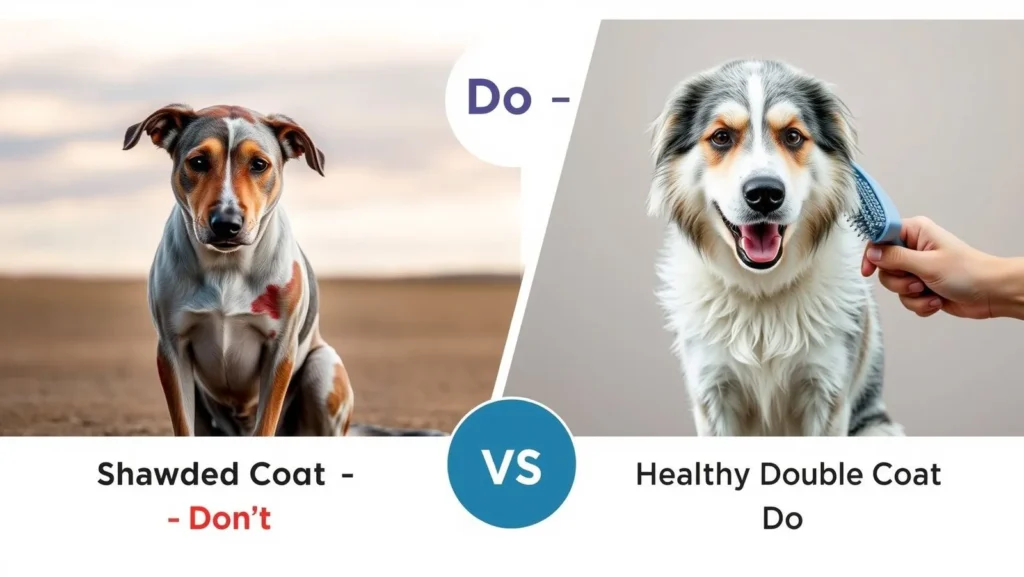
- Shaving the double coat—it can disrupt thermoregulation and may cause alopecia. (akc.org)
- Skipping the rinse cycle—soap residue itches more than dirt.
- Using human hair dryers on high heat—risk of thermal burns.
- Cutting nails past the quick—one painful slip lengthens the quick, making future trims harder.
- Neglecting seasonal blows—ignoring the 2‑week molt leads to fur tumbleweeds and clogged vacuums.
Consistency & Maintenance Tips
- Calendar cues: Sync phone reminders with solstices (typical coat blows) and set weekly nail alerts.
- Brush parking: Store grooming tools in visible “grab‑and‑go” caddies near the door you exit for walks.
- Data tracking: Note shedding volume in a journal; spikes may indicate hormonal or thyroid issues in Australian Cattle Dogs.
- Partner up: Trade grooming duties with family members to keep routines fresh and shared.
Conclusion
Consistent, data‑driven grooming keeps your Australian Cattle Dog comfortable, healthy, and stunning year‑round. Follow the supply checklist, stick to micro‑sessions, and respect that marvelous double coat, and you’ll spend less time vacuuming and more time adventuring with your loyal heeler. Ready to try it? Report back in the comments, share a photo of your freshly brushed buddy, and subscribe for more science‑backed dog‑care guides!
FAQs
Q1: How often should I bathe an Australian Cattle Dog?
A: Every 6 weeks in normal conditions or after mud/odor mishaps; over‑bathing strips oils. (vcahospitals.com)
Q2: My Australian Cattle Dog hates dryers—what now?
A: Towel‑dry thoroughly, then air‑dry in a draft‑free room. Pair dryer noise with high‑value treats in short bursts.
Q3: Can I use a Furminator on this breed?
A: Yes, but only during heavy sheds and limit strokes to avoid coat breakage.
Q4: Are dental chews part of grooming?
A: Absolutely—oral care is integral; regular brushing and chews reduce tartar that can impact heart and kidney health. (petmd.com)
Q5: What if my heeler’s coat looks dull even after grooming?
A: Evaluate diet (omega‑3s), rule out endocrine issues, and check that you’re fully rinsing shampoo.

